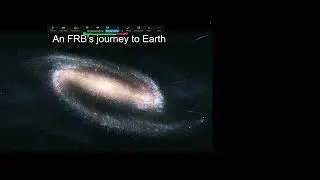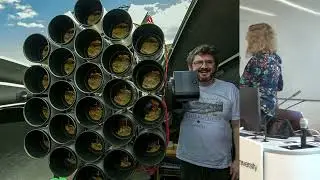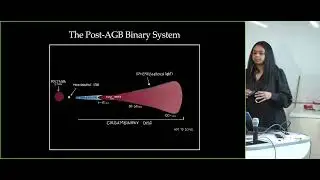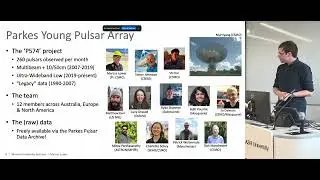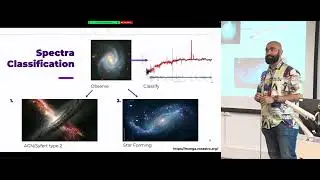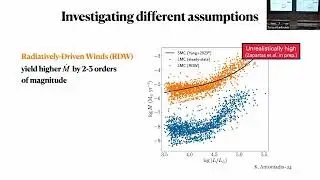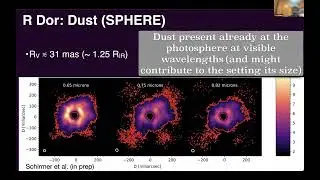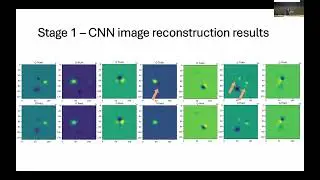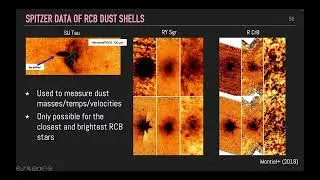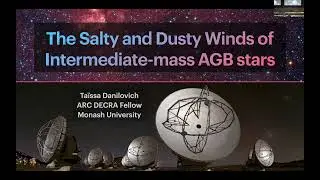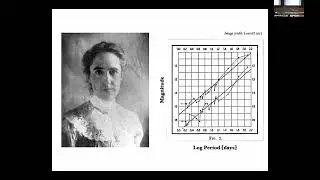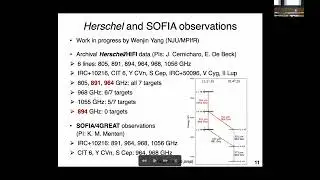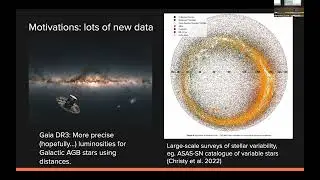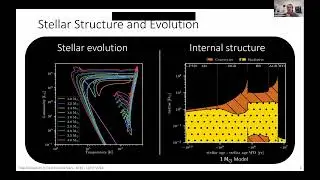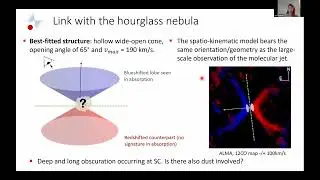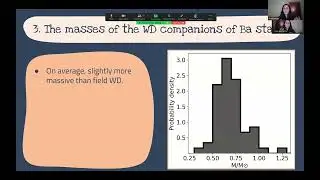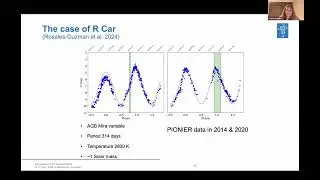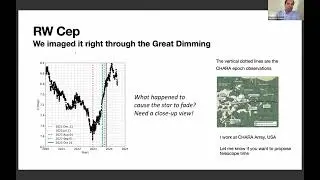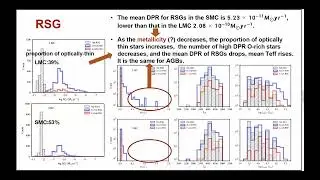ACES Stellar surfaces through the looking-glass - Claudia Paladini (ESO, Chile)
Stellar convection plays an important role in many astrophysical processes, including energytransport, pulsation, dynamos and winds on evolved stars. A direct characterization of convectivestructures in terms of size, contrast, and life-span is quite challenging because stars are still prettyfar and convective patterns are small.
Most of our knowledge about stellar convection comes from studying the Sun. On the surfaceof our star a couple of millions of convective cells are observed, each one with a size of about2000 km.
Following predictions dating back to the ’70, the surface of evolved stars (or a Sun at later evolutionary stage) is expected to be populated by only a few large convective cells several tensof thousand times the size of the solar ones.
Direct observations of the stellar surface of the low mass Asymptotic Giant Branch Stars pi1 Gruis agree with such predictions.
However more recently the models have been challenged when it comes to more massiveobjects like the Red Supergiants. In this talk I will review the recent results obtained usinghigh angular resolution techniques to resolve the surface of stars, and I will discuss the variousscenarios used to interpret the images. Are we really looking at convection?








